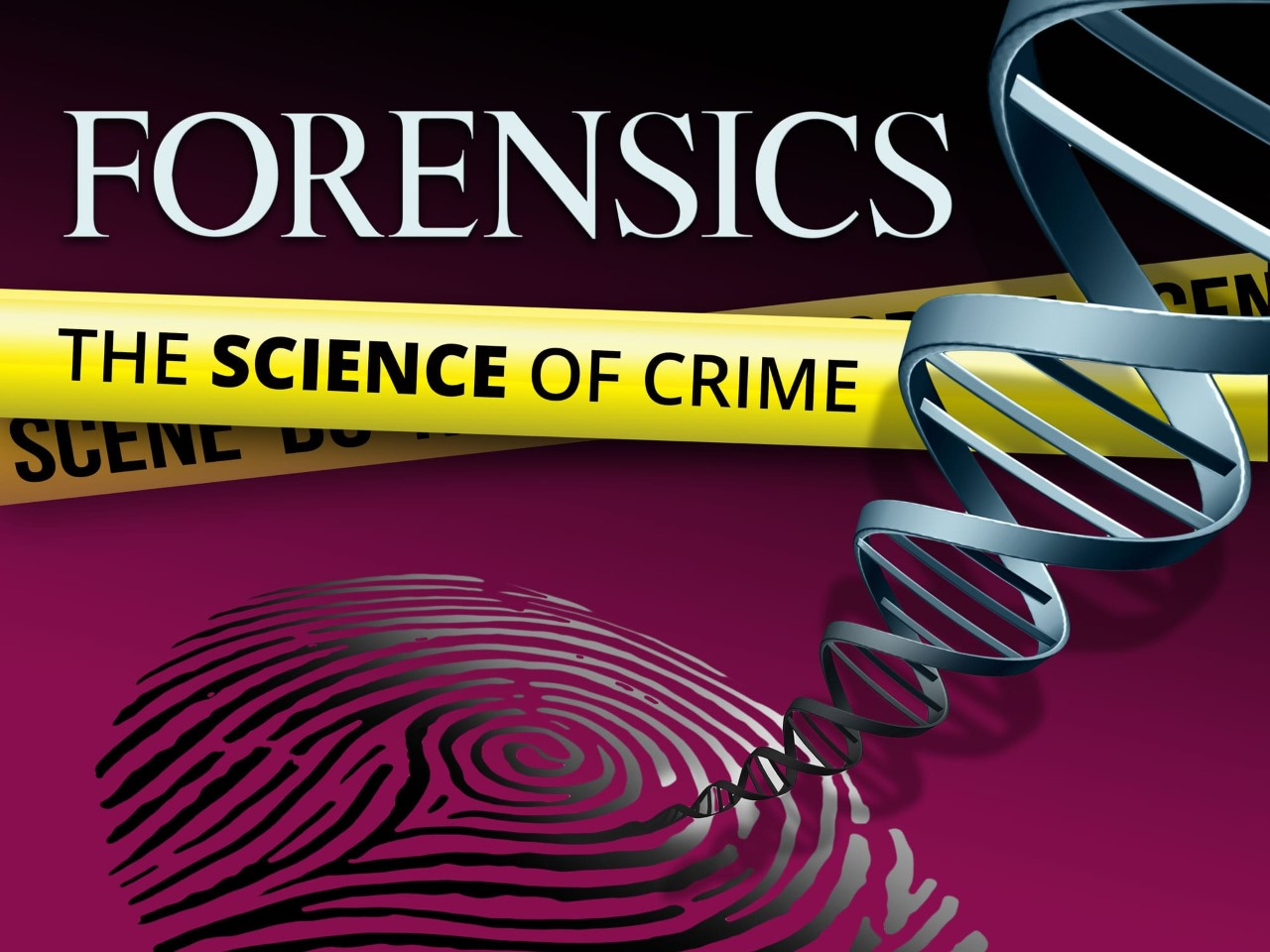 |
Science talk With Chris Duggan House of Science |
Chris Duggan is a scientist, educator, mother of two adult daughters, and farmers wife. After many years teaching secondary school Science and Chemistry, she switched her focus to primary schools by setting up a charity called House of Science in 2013. This large organisation supports thousands of teachers with science resource kits and professional development.
See what Chris has to say in her latest blog below.
Handshakes can really leave an impression. They could result in pieces of your DNA on objects you haven't touched yourself.
Cynthia Cale, a forensic scientist in Texas conducted a study into this and presented her findings at the annual meeting of the American Academy of Forensic Sciences.
Her experiment had test subjects in pairs shake hands for 10 seconds and then one person from each pair picked up a knife. The knife handle was then swabbed and tested for DNA.
Even after a 10-second handshake, people who had never touched the knife were a major source of DNA on the handle.

Image: Supplied.
Their DNA had been transferred to the knife when the person's handshaking partner had grasped the handle.
Though your DNA could rarely end up at a crime scene, it is possible as it happened to Lukis Anderson in 2012 in San Jose, California.
A millionaire was found murdered during a robbery and police found Lukis's DNA on the millionaire's fingernail.
Luis Anderson was arrested for murder. There was one giant problem though. Luis Anderson was unconscious in the hospital during the crime. It was later discovered that the paramedics who took Luis Anderson to the hospital were the same ones who tried to save the millionaire's life.
During this time, the paramedics had accidentally transferred Luis Anderson's DNA to the millionaire's fingernails. When learning about this case, Mechthild Prinz – a forensic geneticist, someone who studies DNA to solve crimes explained that some people, mainly men shed more DNA than others.
DNA oozes out of the body with sweat and someone who is a heavy shedder might spread more of their traces – allowing it to be shared more widely and this transfer may affect crime-scene investigations.
To read more about the study and Cynthia Cale's research, head to: https://www.floridaforensicscience.com/wp-content/uploads/2017/02/Could-Secondary-DNA-Transfer-Falsely-Place-Someone-at-the-Scene-of-a-Crime.pdf.

